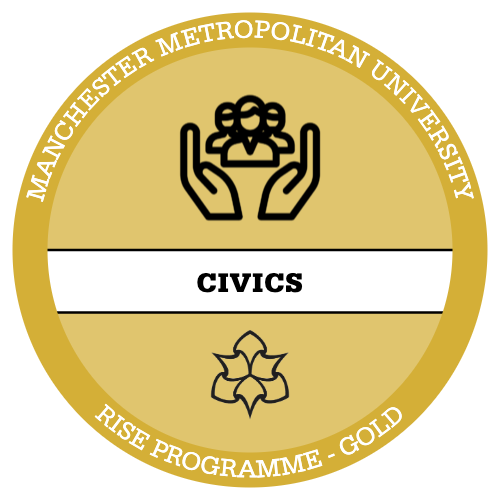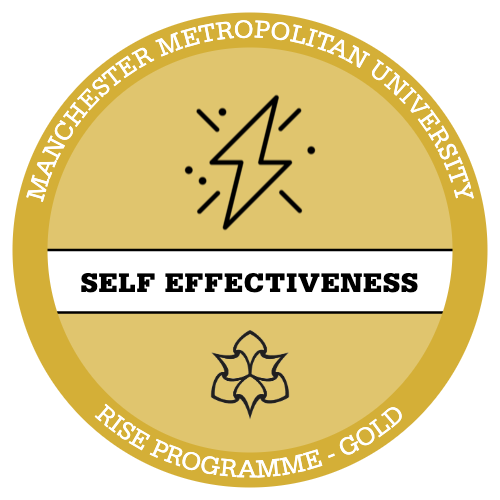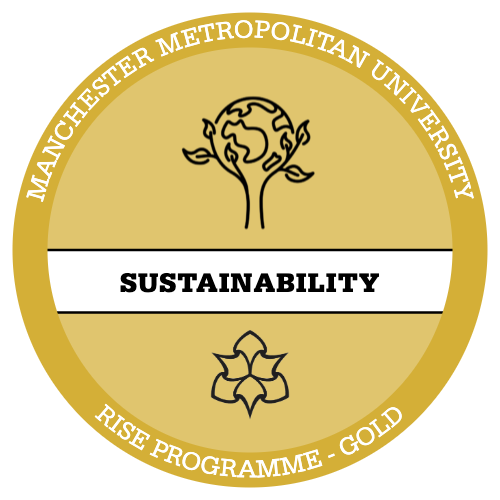A boundary is a guideline that defines how you want to be treated, what you are willing to accept, and what your limits and expectations are in your relationships. “Relationships” doesn’t just mean family, friends, partners and work colleagues. It also applies to your relationship with yourself, and to the relationship you have with the world around you.

Let’s look at some examples:
Emotional Boundaries
How can you recognise and respect your emotional needs and balance those with the emotional support you give others?
Relationship Boundaries
What are your expectations within personal relationships? What is acceptable and non-acceptable behaviour for you?
Time Boundaries
This includes when you are available, how you allocate your time and prioritise yourself vs others, not overcommiting or overextending yourself across work, study, recreation etc.
Financial Boundaries
Including how you prioritise what you spend your money on and your stance on debt, borrowing and lending.
Task Boundaries
What’s the scope of your responsibilities? Including setting realistic expectations of how much you can get done.
Communication Boundaries
What channels of communication do you want to use? How available are you to others and at what times? What aspects of your life do you want to share with whom?
Technology Boundaries
How can you set limits on your screen time or social media use? How do you use technology to aid you, rather than distract you?
Physical Boundaries
This includes comfort level with personal touch, establishing personal space, sensory needs.

Read: How To Set Healthy Boundaries & Build Positive Relationships (10 mins)
Read this article which explains more about what boundaries are, different types of boundaries and how to set healthy ones.
In this course I’ll be talking about a variety of different boundaries and sharing some of my own examples to help you understand and establish your own. But we will focus mainly on boundaries that require you to communicate a need with someone else – as these can be the trickiest one’s to confidently establish and uphold (cue icky feelings of vulnerability!)

Stop and Reflect:
Which type of boundaries do you want to focus on for the duration of this course?
Draw a mindmap or a list of where you feel you’ll most benefit from working on your boundaries. Choose one specific area or boundary that you’ll use as the focus for this course.
Download this one page summary of different boundaries if you’d like to refer to it later.






